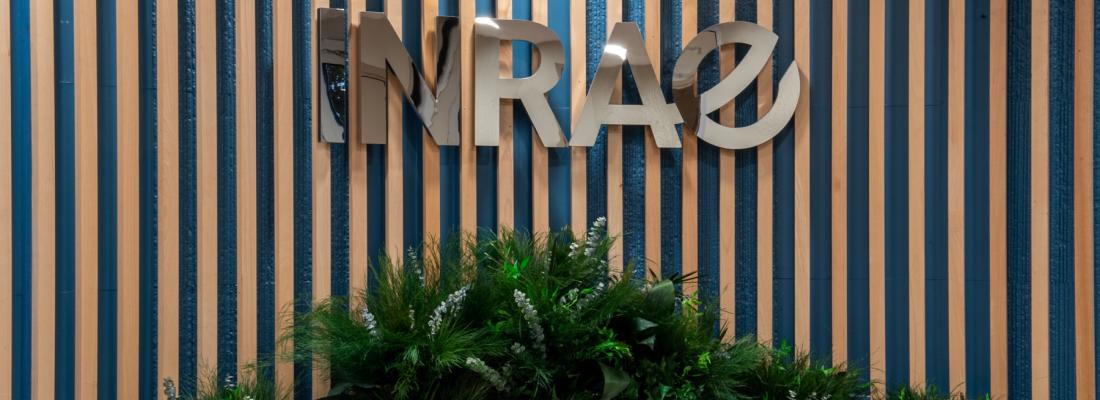Reading time 3 min
INRAE: a new high-impact institute for research and innovation in agriculture, food, and the environment
Published on 09 January 2020

Humankind and the planet are facing global changes that will create new challenges for research to address: limiting the effects of and adapting to climate change; increasing food security and nutrition security; transitioning to new agricultural systems; preserving natural resources; restoring biodiversity; and anticipating and managing risks. To rise to these challenges, France's new National Research Institute for Agriculture, Food and Environment (INRAE) was born on January 1, created by the merger of INRA, the National Institute for Agricultural Research and IRSTEA, the National Research Institute of Science and Technology for the Environment and Agriculture. Its objective is to perform impact-driven research with a view to generating knowledge, providing training, fostering innovation, and informing public policies.
This process to create a new Public Scientific and Technical Research Establishment (EPST) began in February 2018 with the support of the Ministry of Higher Education, Research, and Innovation and the Ministry of Agriculture and Food. It followed on the heels of an initial evaluation period during which it became clear that the new institute would have tremendous research potential and create strong synergies. INRAE is the final result of a close two-year collaboration between the two former institutes’ work communities.
"Now, more than ever, it is crucial to accelerate the transitions that will permanently transform how we grow food, produce food, and interact with the environment. Hand-in-hand with society, INRAE is committed to using science, innovation, and support for public policies to identify solutions that meet people's expectations."
Philippe Mauguin, Chair & CEO of INRAE
INRAE is a community of 11,500 people and an annual budget of more than 1 billion euros. The institute is made up of around 200 research units and 40 experimental research units that are organised into 14 scientific divisions and 18 research centres found across France. INRAE's Head Office is split between Paris and Antony.
The institute firmly believes that science should be open, participatory, and reflective of societal expectations. For this reason, it has a directorate specifically dedicated to open science. INRAE carries out basic and applied research, and its work is strengthened by its partnerships with academic institutions, socioeconomic stakeholders, and regional policymakers. In line with these commitments, it is the first EPST to have a Directorate of Expertise & Support for Public Policies.
INRAE is part of France's dynamic network of research institutes and establishments of higher education. It is partnered with 33 local universities and contributes to local policies and French thematic research alliances. Thanks to its international partnerships, the institute collaborates with the best research teams in Europe and the world.
|
Community of 11,500 people 2020 budget of more than 1 billion euros 18 research centres found throughout France 11,000 ha of experimental land 268 research units, experimental research units, and support units Partnerships with 33 local universities Participant in 166 European research projects |
More than 4,000 top-tier publications generated per year More than 450 socioeconomic partners 5 Carnot Institutes 137 start-ups home grown at INRAE since 1999 2,000 PhD students (40% from foreign countries) Recipient of the European Commission's Human Resources (HR) Excellence in Research Award
|
